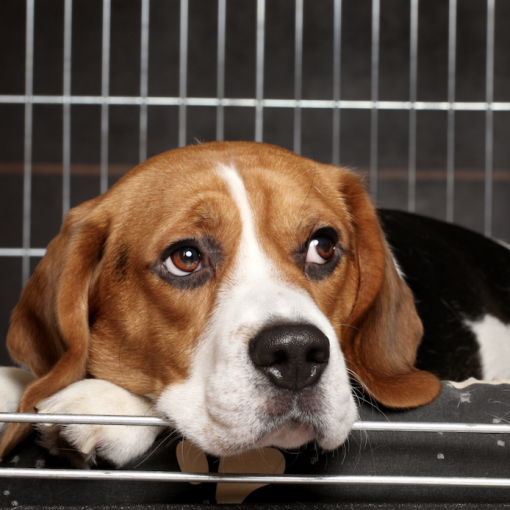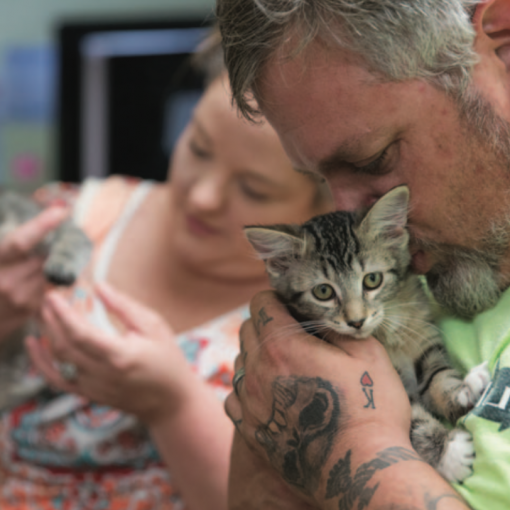Moving is already stressful, exhausting and scary, and that’s just for humans! Imagine how it feels for pets who watch their world get packed into boxes, loaded into a truck and moved into a foreign world full of new smells and spaces. According to the National Council on Pet Population Study and Policy, moving is also the most common reason why a pet is given away to a shelter. So learn before you leave thanks to the experts at TWO MEN AND A TRUCK® and The Humane Society of the United States. Together they offer tips to make a move easier for pet owners, and their little friends.
When you relocate, the most important step to protecting your pets will be to update their tags and any other data with your new address and contact information. This includes both registration with the city and any veterinarian’s office. Before you leave, make a point to visit your vet to get your pet a physical. Ask them to also print out a copy of the pet’s medical history for you to take with you.
As moving can be incredibly chaotic, ensure your pet is safe and contained when the movers are present. An open door with people constantly coming could lead to your pet’s unexpected escape as well. Keep them contained while traveling as well to prevent injuries.
Here are some specific tips to keeping your pet safe, depending the species:
Cats:
- Before and after the move, surround your cat with familiar objects, such as feeding and water bowls, toys, blanket, or bed.
- Gradually introduce them to their new home by restricting them to one or two rooms at first.
Dogs:
- Slowly introduced to their new surroundings. Dogs should be leashed outside until they are comfortable with the area.
- Consider arranging a friend or pet sitter to stay with your dog for a few hours a day to ease the dog’s anxiety if you are unable to stay home the first few days.
Birds:
- Make sure to use appropriate sized carriers for birds. Cover the bottom with litter and secure the door with a clip from the outside. However you transport your pet, keep them cool and protected from the sun.
- Bring a supply of old food and water with you, gradually switching from old to new supplies.
Fish:
- Traveling is the most difficult part of the moving process for fish. Place your fish in bags with a mix of new water and clean water from their aquarium—the less crowded the better. Seal the bags with rubber bands around the top and place them inside a dark, insulated cooler.
- Let the filter run for a few hours before putting fish back in the tank. If possible, try to limit their time away from their normal habitat to less than 48 hours.





